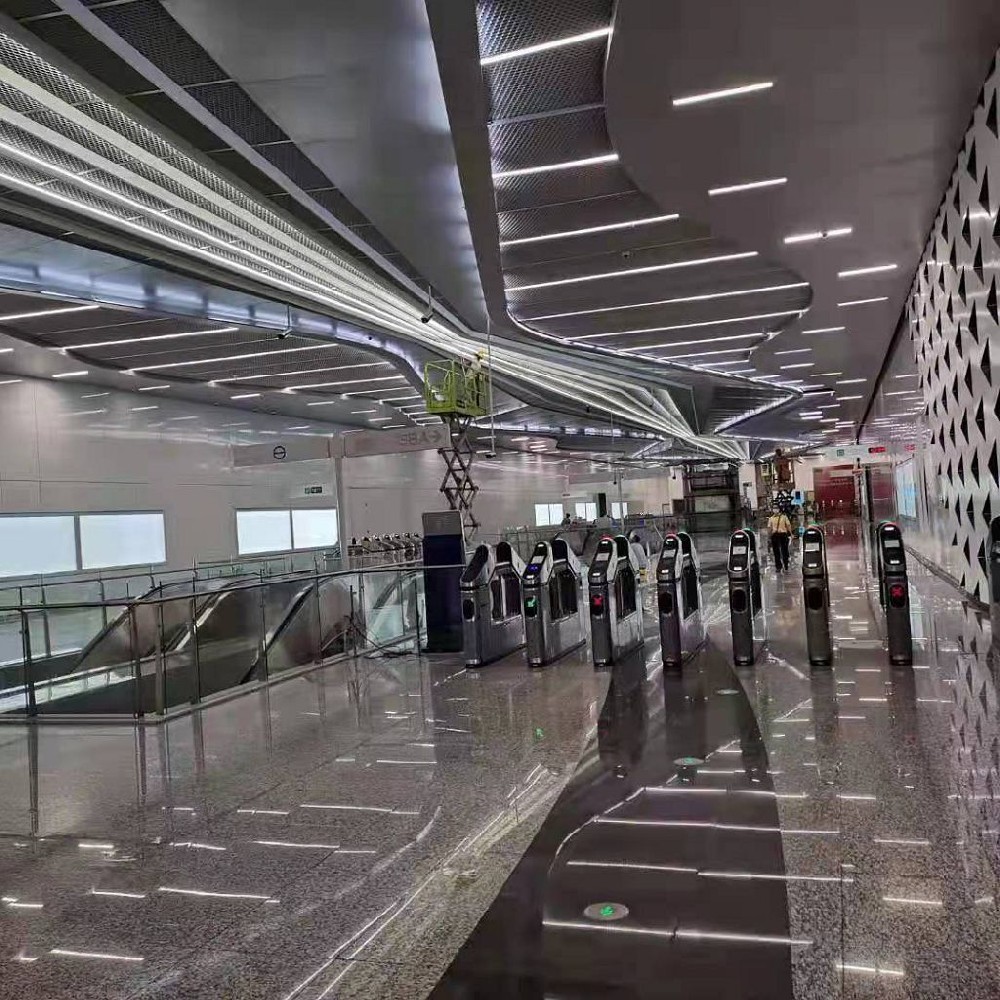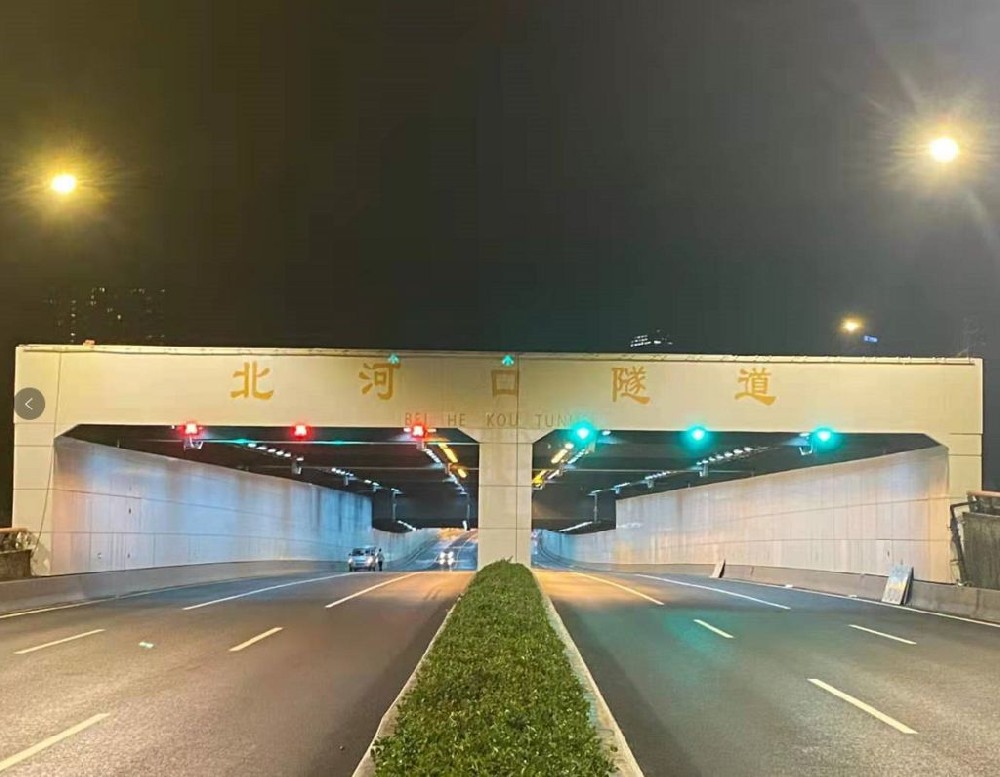The characteristic aluminum plates mainly consist of aluminum manganese series and aluminum magnesium series alloys. Due to its ineffective aging strengthening effect, it is not suitable to strengthen through heat treatment, but the strength and hardness can be improved through work hardening.
The main performance characteristics of this characteristic aluminum plate alloy are: moderate strength, good plasticity, and corrosion resistance. Therefore, it is known as good weldability anti rust aluminum and is the most widely used aluminum alloy in welded structures.
Characteristic aluminum plates are collectively referred to as rust resistant aluminum because the alloy elements in the middle increase their corrosion resistance. Aluminum manganese alloy is 30033004310 years old, the first type is widely used, and the second type is commonly used on tank bodies. The latter is for wires and other uses with high requirements. The conductivity of aluminum magnesium alloy is based on the high and low content of magnesium alloy, in order: 5005, 5252, 5251, 5050, 5052, 5754, 5083, 5056, 5086, etc, Used in industries with high requirements for anti-corrosion performance and strength, such as shipbuilding, containers, subway high-speed trains, etc. High pressure machined aluminum alloy has good corrosion resistance in the atmosphere, water, and oil.
The characteristic aluminum plates mainly include aluminum manganese series and aluminum magnesium series alloys that cannot be strengthened by heat treatment. Rust resistant aluminum alloys with a manganese content of 1.0% to 1.7% have high corrosion resistance. However, the magnesium content in aluminum magnesium rust resistant aluminum alloys generally does not exceed 7%. As the magnesium content increases, the strength of the alloy increases, σ 0 can reach 400 MPa, while plasticity decreases. This rust resistant aluminum alloy is usually used in the annealed state, cold work hardened or semi cold work hardened state. Low strength, good plasticity, easy pressure processing, good corrosion resistance and welding performance, especially suitable for manufacturing deep drawn and welded parts under low loads, as well as parts working in corrosive media, such as oil tanks and pipelines. Another type of rust resistant aluminum alloy is aluminum zinc magnesium copper alloy, which can be strengthened through heat treatment. It has high tensile strength, excellent seawater corrosion resistance, good fracture toughness, low notch sensitivity, and good formability. Aluminum manganese alloy has higher corrosion resistance and strength than pure aluminum due to its manganese content, and has good weldability and plasticity, but poor cutting performance. Due to the effect of magnesium, the density of aluminum magnesium alloy is lower than that of pure aluminum, the strength is higher than that of aluminum manganese alloy, and the corrosion resistance is better.
The aging hardness of the characteristic aluminum plate is very weak, so it can only be hardened through cold deformation, but the plasticity will significantly decrease. Aluminum manganese alloy is one of the most widely used anti rust aluminum alloys. This alloy has high strength, especially fatigue strength: high plasticity and corrosion resistance, cannot be strengthened through heat treatment, good semi cold hardening plasticity, low cold hardening plasticity, good corrosion resistance, good weldability, poor machinability and polishing.


